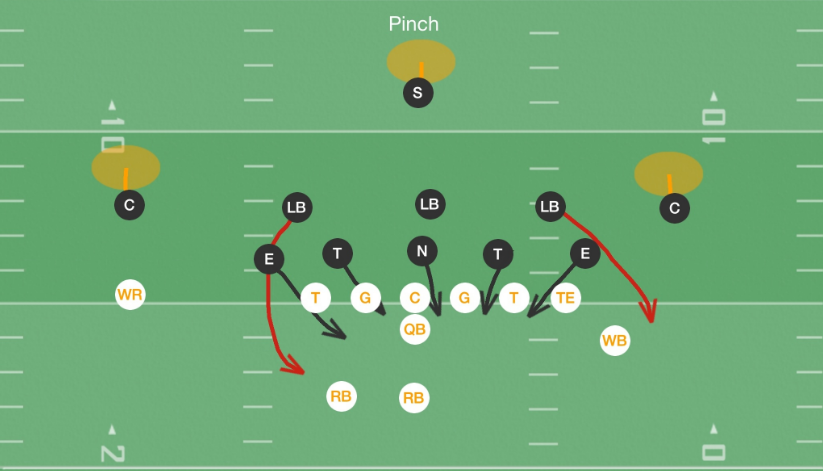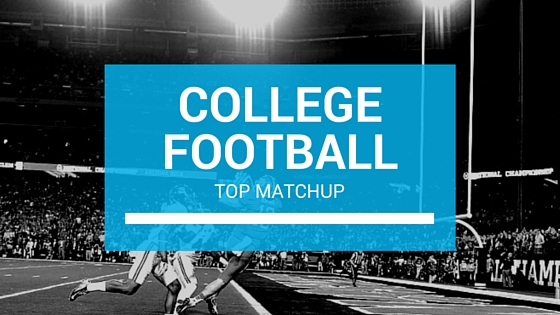Linebackers are big characters in the team, both in a physical and a personal sense. They’re certainly not shy, and given the job they do, this isn’t surprising. There are three linebackers in formation at any one time: a middle linebacker, strong-side linebacker and weak-side linebacker
A middle linebacker is basically the ‘quarterback’ of the defense; dictating to the other defensive players where they should be and what they should do. The middle linebacker is also keeping an eye out for a running play, and if one comes it is up to him to stop the opposing running back running between tackles.
If there is a pass, the middle linebacker will do all he can to disrupt the pass in mid air, and then will try and hit the back as hard as possible if the back receives the ball. These guys throw everything on the line in pursuit of big hits – they’re probably the hardest players on the pitch.
The strong-side linebacker is fighting with the opposition tight end on most plays in order to try and stop the running back getting upfield on the strong side. Also they need to watch out to see if the tight end receives the ball. In this event they need to be ready with the biggest possible hit.
The weak-side linebacker is normally a bit more athletic than the other two. This is so he can counter the cut-back running backs who manage to get over to the weak side. Beyond this, the weak-side linebacker needs to watch the long throw and ideally disrupt it before it is received. Failing that they need to pounce immediately to prevent the offense making any more gains after the catch.
Be a beast of a linebacker in our beast football uniforms.













